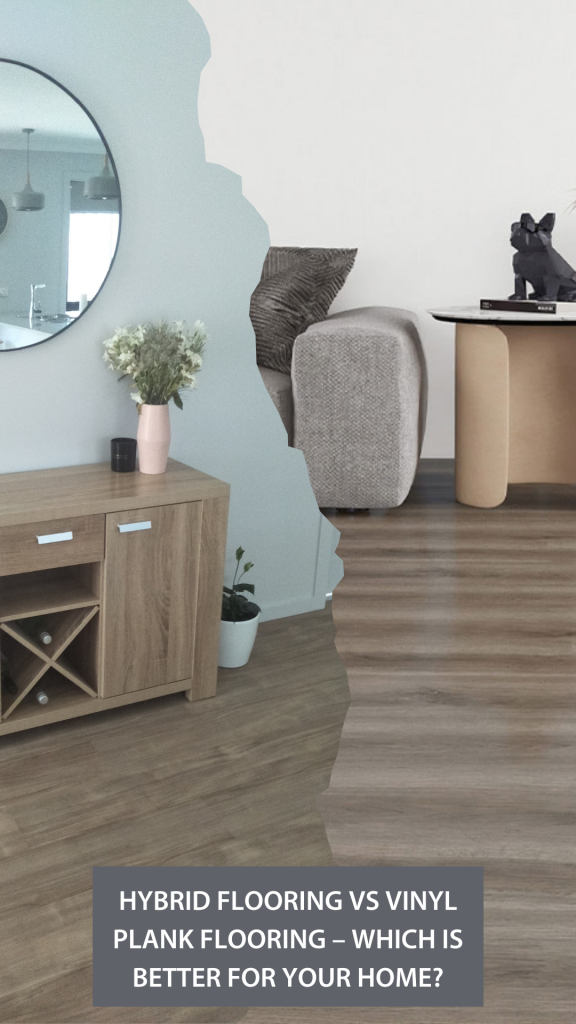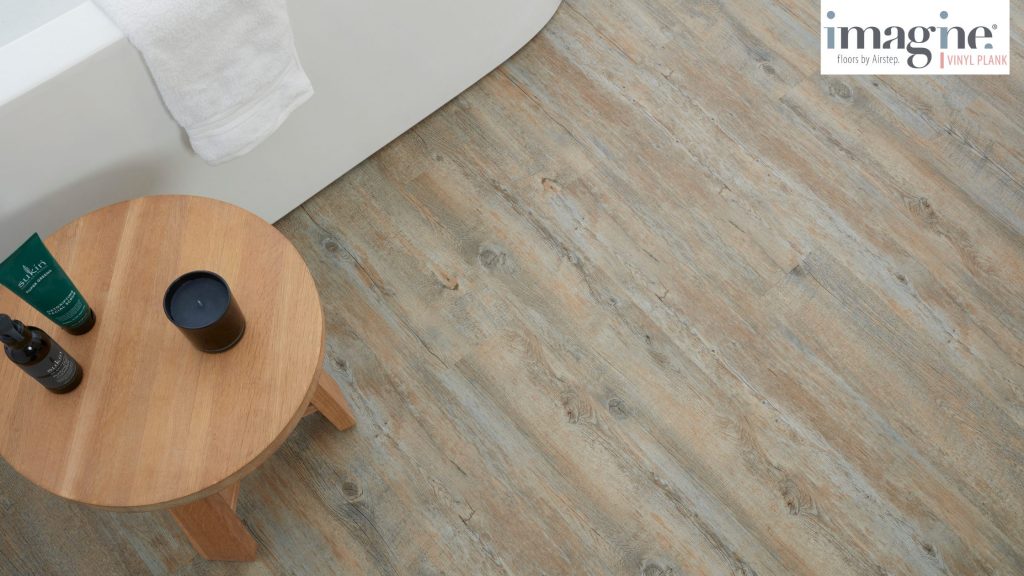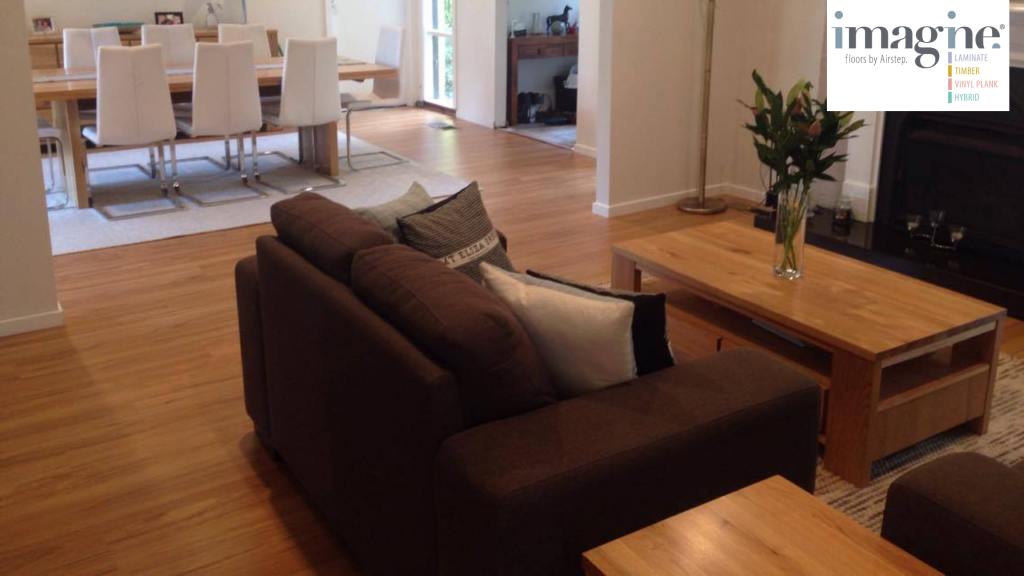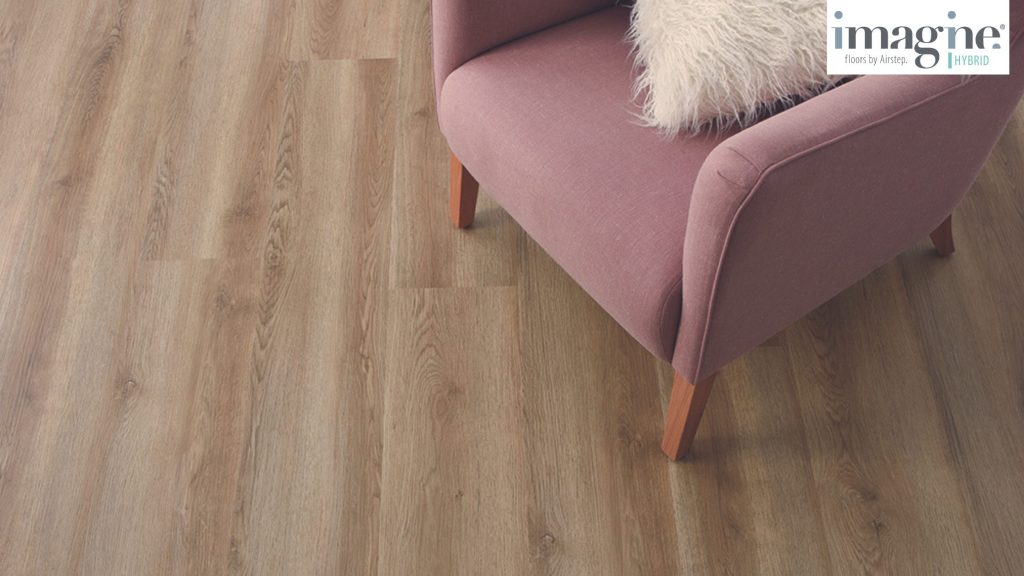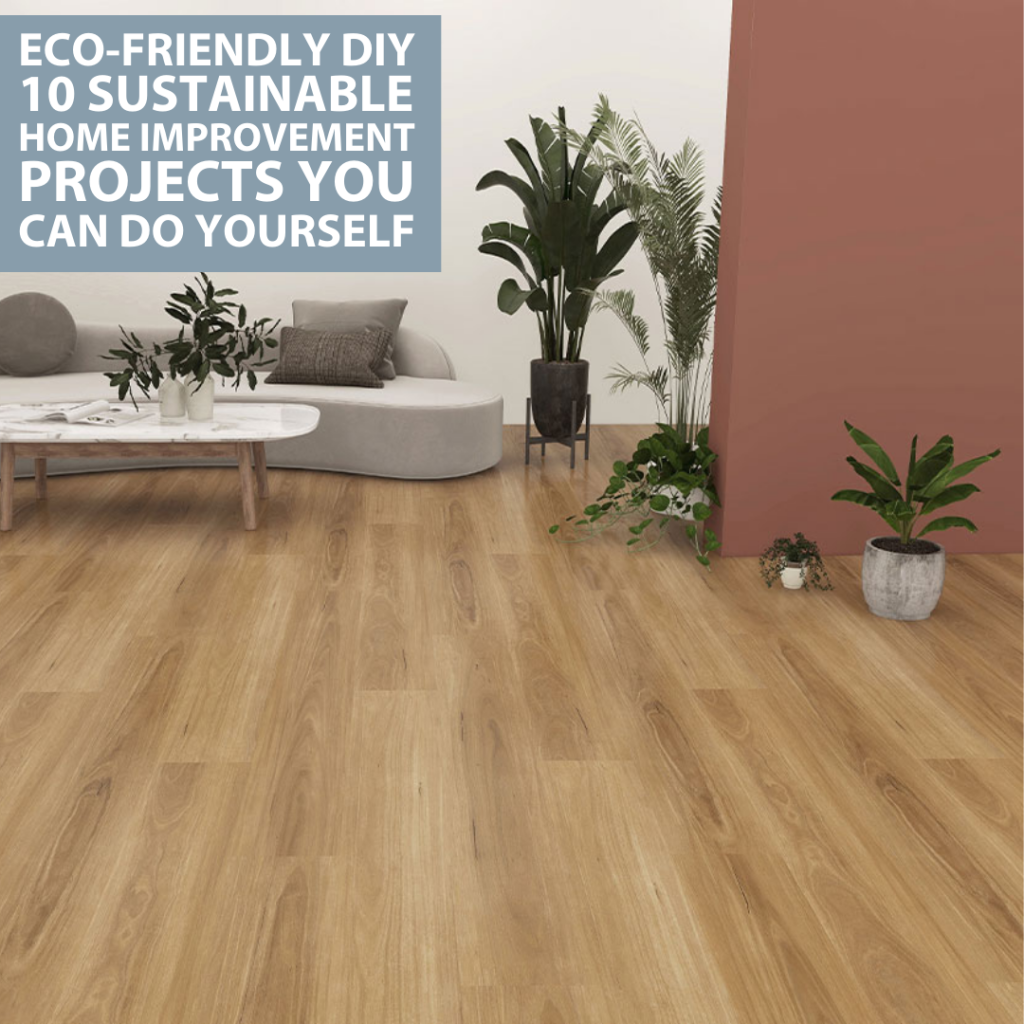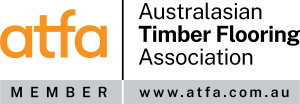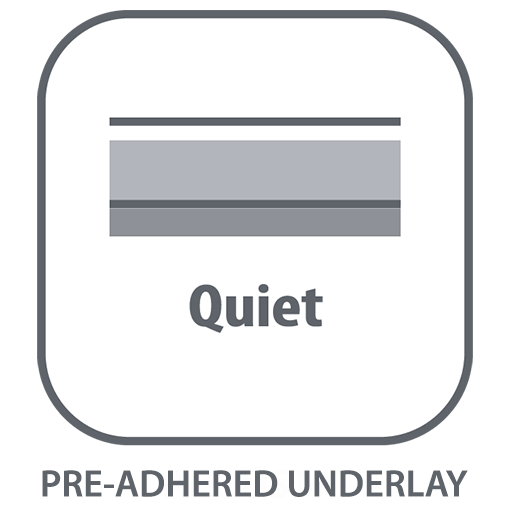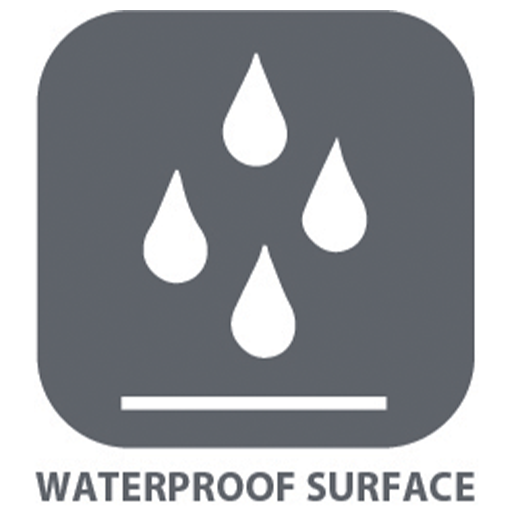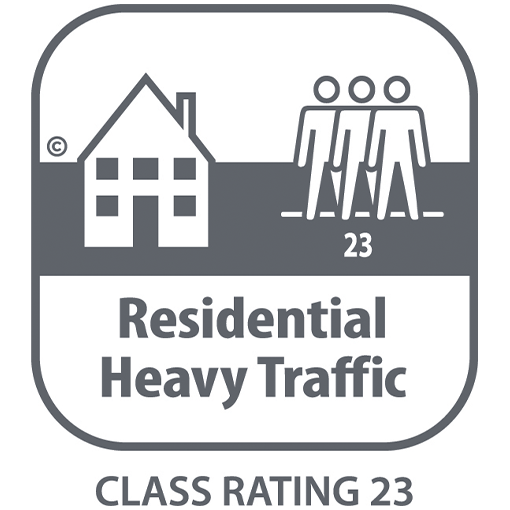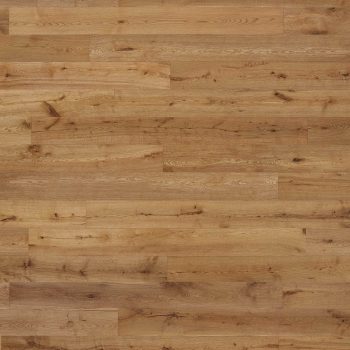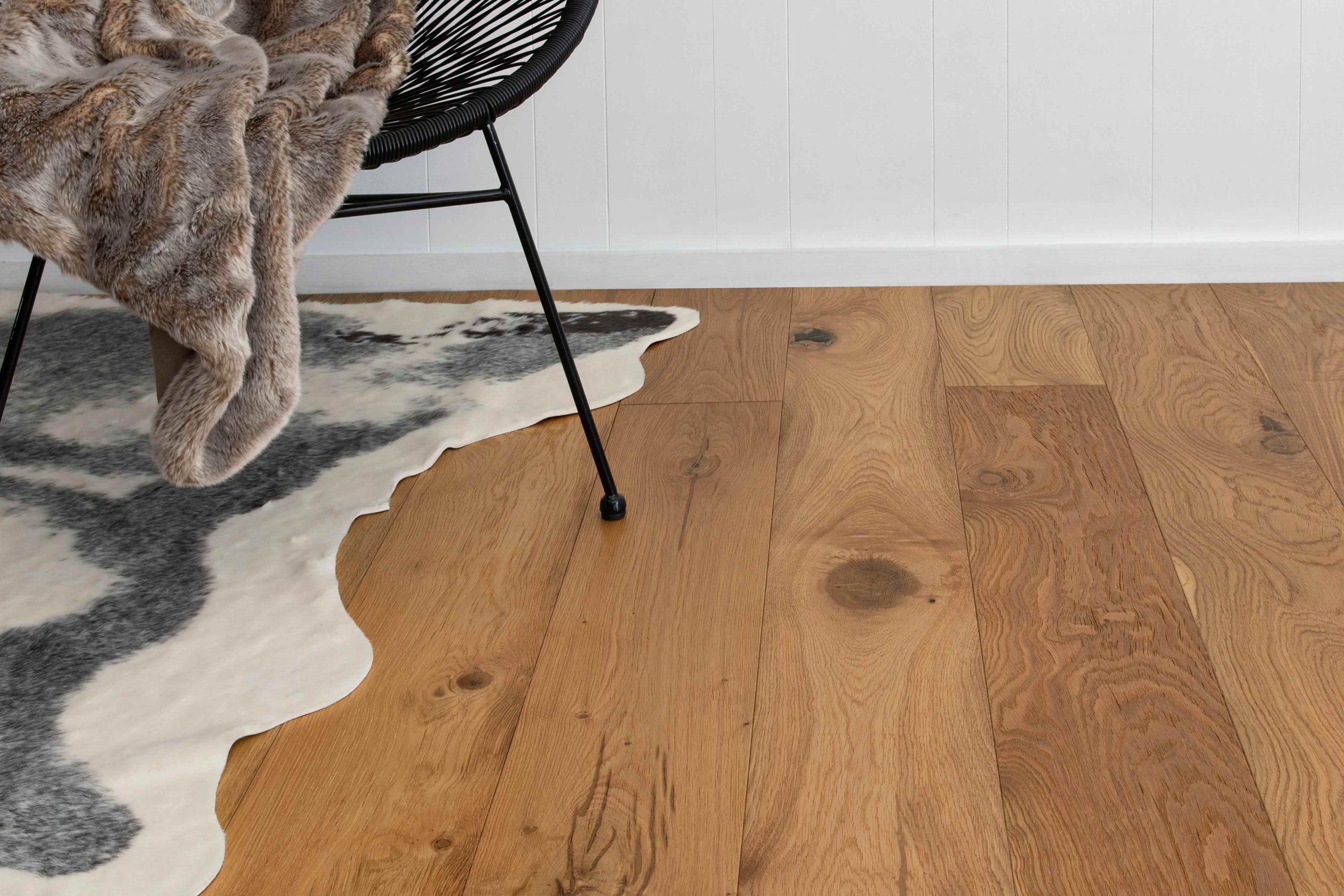
Evaporative cooling is a great way to keep your home at a comfortable temperature during the hot Australian Summer. It brings cool, fresh air into your space and is incredibly cheap to run as the only electricity required is that which powers the fan.
Like all things, however, it comes with a cost. And if your floors aren’t waterproof, that cost could be particularly high. You see, evaporative cooling systems and certain types of floors really don’t mix. Today we’ll be exploring why that is, and how to combat this issue.
How Can Evaporative Cooling Harm Floors?
Because evaporative cooling essentially works by pulling air through a water chamber and then blowing this air throughout your home, it naturally increases the humidity within your space. While this is no big deal when increases are small to moderate, it can begin to cause problems if you are frequently running your evaporative cooler on a high setting for prolonged periods of time. If you notice any of the issues listed below, it is likely that your swamp cooler and your floors are not getting along, so measures should be taken to rectify the issue.
Water On Floors
Because your evaporative cooler can significantly lower the temperature of your floors, you may find that they end up wet. This is due to the air in your home contracting because of temperature differences between surfaces and the atmosphere and can lead to your floors being covered in condensation.
Humid Climate
There’s a reason evaporative aircons are sometimes called swamp coolers – they can make the climate within your home quite humid (and swamp-like) if certain conditions aren’t met. High levels of humidity can cause excessive expansion (when the humidity rises) and contraction (when it falls once the evaporative cooling unit is turned down or off) of your floorboards, which leads to damage over time, especially if you don’t have appropriate expansion gaps for Timber, Laminate and Hybrid Flooring.
A humid climate can also cause your floors to absorb and retain more moisture, even when your evaporative cooling isn’t running, which can lead to further issues.
Warping
Speaking of further issues, warping is a major one. The problem will be particularly noticeable in Solid Hardwood Floors, however, Engineered Timber Flooring, Laminate Floors and other non-waterproof flooring types are not immune to warping if conditions become unfavourable enough.
You may also experience warping of your floorboards if your evaporative cooler damages your subfloor. This can affect any flooring type, so it is important to consider all parts of your home when working out whether a swamp cooler really is the best option for you.
Drips
Although not as common as the abovementioned issues, a dripping swamp cooler can cause significant damage to your furniture and flooring. Luckily, this generally only happens if your unit is overflowing or malfunctioning, so drips should be fairly easy to avoid.
If you notice that there are drips within your home, try turning your evaporative cooling down as this should fix the issue if you are simply dealing with overflow. If you continue to experience problems with drips, however, we suggest calling in a professional.
Mould
Finally, humid conditions are the perfect breeding ground for mould and bacteria. This means that those with evaporative coolers need to be particularly careful not to turn their homes into a place where these issues run rampant.
This issue is most common with porous flooring types, however, the subfloors of any home can be affected if your swamp cooler creates too much of a build up underneath your floors – even if they themselves are waterproof.
How Can I Combat Issues With My Floors Due To Evaporative Cooling?
The good news is that it is still entirely possible to have beautiful, quality floors (and a happy, healthy home) while using your evaporative cooler. The solutions in this section are broken down into two categories – tips for when you’re building or renovating, and ideas for if you need to improve your current environment. You will obviously see best results if you are able to make use of structural solutions, however, changing your behaviour is better than nothing and can help protect floors that are currently installed alongside a swamp cooler.
Tips For When You’re Building Or Renovating
The solutions outlined in this section are preventative measures that you can take before laying your floors to help ensure that your swamp cooler does not cause issues with them in future.
Install Waterproof Surface Flooring
The biggest thing you can do to protect your floors when making use of evaporative cooling within your home is to install waterproof surface flooring such as Hybrid or Luxury Vinyl Plank.
These types of floors are very similar in terms of performance and durability so the main factors that will impact your decision between the two will be your preferred appearance and installation method as Hybrid Floors float and make use a of a click lock system while Luxury Vinyl Planks are glued down during the installation process.
If you would like to learn more about these types of floors, we have included links to some useful resources below. This article continues after these links.
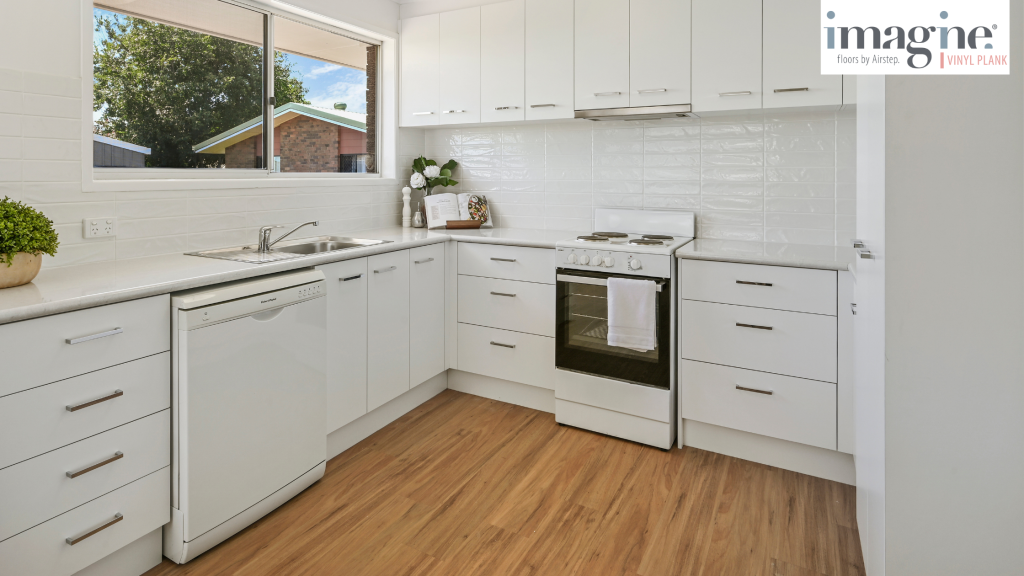
Always Acclimatise New Floors
Another important factor that will impact the longevity of your floors and their ability to cope with environmental stressors is whether they are acclimatised prior to installation. We suggest allowing all new floorboards to exist within your home for a minimum of 24 hours prior to installation so that they can equalise themselves with the standard conditions of your space.
Please Note: Some floors require a longer acclimatisation period. This will be noted on the installation instructions and should always be followed. Failure to do so could result in issues either immediately or down the track and may void your warranty.
Make Use Of Underlay
It is also a good idea to make use of Underlay that works to protect your floors from elements which may rise up through the subfloor. This is particular important in homes where evaporate cooling is installed as it can often cause subfloors to have a higher moisture content.
Underlayment such as our Timbermax and Drilay options create ideal moisture barriers for Laminate and Engineered Timber Floors, while Luxury Vinyl Planks will benefit from the installation of an underlay such as our Helix 700 option. Imagine Floors by Airstep Hybrid Flooring features an inbuilt underlay and therefore does not require additional underlayment.
Ideas For If You Need To Improve Your Current Environment
If you are happy with your current flooring solution, or cannot afford to renovate right this instant, the behavioural tips in this section can help protect your floors from suffering damage due to the use of evaporative cooling within your home. It is also a good idea to follow these guidelines even if you do have waterproof flooring and appropriate underlay in order to provide additional protection for all design elements within your home.
Ensure Adequate Air Flow
One of the biggest things you can do to protect your floors when using a swamp cooler is ensure that there is adequate air flow throughout your home. Because evaporative coolers bring in outside air (rather than recycling that which is already in your home like a refrigerated system) avenues must be left for air to escape the home. If this is not facilitated, humidity can rise within your space to a point where it is uncomfortable for you and your home and potentially cause harm to your floors or other design elements. This can also cause issues with mould, so it is a good idea to avoid this situation at all costs.
The good news is that this can be done by simply ensuring that windows and/or doors are kept open to allow for adequate air flow. The amount of air flow required will depend on your home and the level that your evaporative cooler is operating at, so feel free to experiment until you find that sweet spot.
Turn Your Evaporative Cooler Off When It Isn’t Needed
Something that many people don’t realise is that when conditions are already humid (say you’ve had a Summer storm or simply live in a humid area) it is advisable to switch your swamp cooler to fan only mode. Given the amount of moisture that is already in the air, you will notice that your evaporative cooler still runs quite effectively in this mode.
Guidelines for when to do this will depend on your particular unit, so we recommend referring to your owner’s manual.
This simple switch will help keep conditions comfortable for your family, while also helping to protect your floors and furniture from any damage that excessive moisture in the air may cause.
Switch To A Split System / Reverse Cycle Air Conditioner
Finally, it is a good idea to install a split system or reverse cycle air conditioner within your home, even if you already have evaporative cooling. While many people choose to make use of swamp coolers for their cheap and sustainable operation, other methods of cooling are sometimes required, and many modern options can be quite eco-friendly.
Reverse cycle and split system air conditioners are particularly useful for those who live in climates which often become humid. This is because they suck moisture from the air, rather than contributing to it.
This is particularly vital for those who have Solid Hardwood or Engineered Timber Floors and live in extremely humid environments (we’re looking at you Northern Territory and Far North Queensland dwellers) but can be beneficial for anyone who chooses to make use a of swamp cooler.
A split system is also ideal for reversing issues that may have occurred due to the use of your evaporative cooler. For example, if you are starting to see condensation on your floors or walls, simply pop on your reverse cycle air conditioning to help dry out the air in your space.
Got further questions about evaporative cooling and the floors in your home? Reach out to your local flooring specialist for personalised, expert advice.

